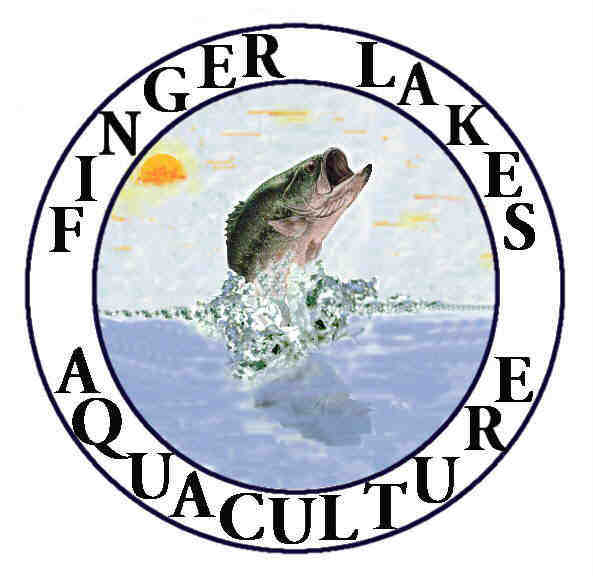Crappies are easily recognized by their highly compressed, diamond-shaped bodies. They grow 8-12 inches long and occasionally larger. The coloration of the black crappie is a pale silvery white on the sides and belly. Their back is dark green , with dense patches of dark scales that coalesce to form irregular blotches and marbling. Black and white crappies can most easily be distinguished from one another by the number of spines in the front dorsal fin. The white crappie has 5 or 6 spines and the black has 7 or 8 spines.
They are often caught in large numbers in early spring shortly after ice-out. Crappies travel in schools and feed voraciously at that time of year. The New York State record black crappie was caught in Duck Lake in 1998 and weighed 3lbs.12oz. They are an extremely popular panfish and highly sought after because of their delicious flesh.
Crappies prefer clear, quiet areas of lakes, ponds, and larger rivers. They will be found in areas with abundant vegetation and structure such as logs, stumps, and overhanging brush near the shore. Their food consists of insects and small fish.
Spawning takes place from late May to July when the water temperatures are higher than 68 F. Nests that are 8 to 9 inches in diameter are constructed by fanning depressions in water that is 10 inches to 2 feet deep. The nests are built on a sandy bottom and usually in weedy areas. The nests are usually 5 or 6 feet apart. The eggs are less than one millimeter in diameter and hatch in 3 to 5 days. The crappie will live for about ten years.
Crappies can be stocked in all but the coldest farm ponds. They do extremely well in ponds that are stocked with bass. They provide a food supply for the larger predator fish and generally do not overpopulate when bass or walleye are present. In new ponds they can be stocked at a rate of 150 to 200 fingerlings per surface acre. In older ponds with an established population of predator fish, adult breeder crappies can be stocked at a rate of 50 per acre.
